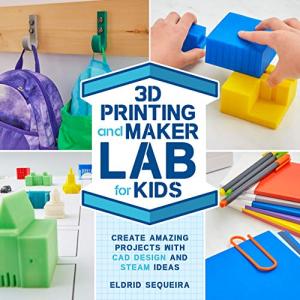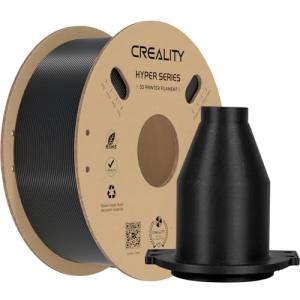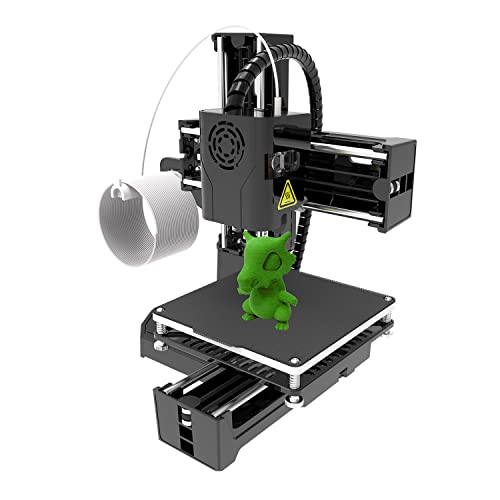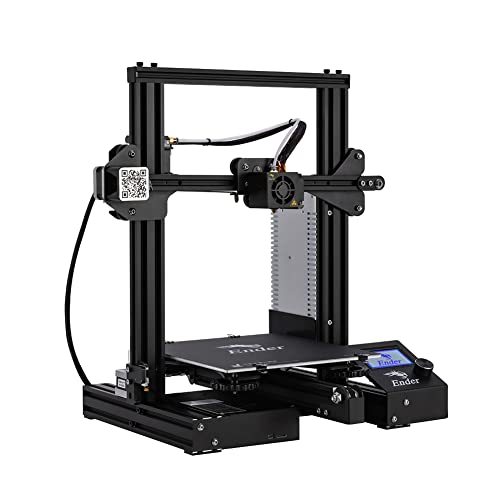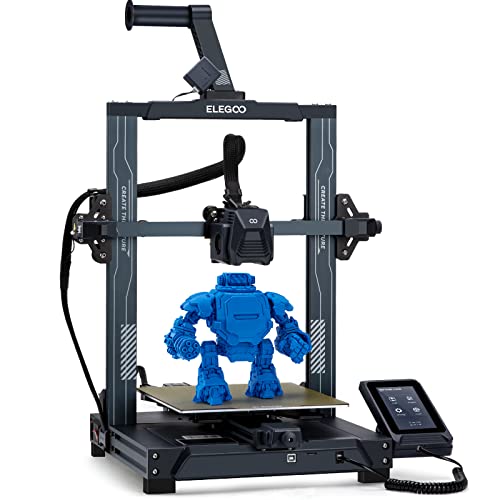Next, learn about the types of filament you can use. PLA is a great choice for beginners because it’s easy to work with and eco-friendly. Just pop it into your printer, and you’re ready to roll! Another handy tip is to start with pre-designed models. Platforms like Thingiverse offer a ton of free designs you can print right away. This helps you get accustomed to the process without having to worry about designing your own parts initially.
Before you hit that print button, make sure your printer bed is level. This small step can save you a lot of headaches down the line. A crooked bed can lead to failed prints, which is super frustrating. If your printer has an auto-leveling feature, that’s even better. Just follow the instructions, and you’ll set it up like a pro!
Finally, don’t forget to keep an eye on your first few prints. Watching your creation come to life can be a thrill, but sometimes things go wrong. If you notice any issues, take notes for next time. Each print is a learning experience, so don’t be discouraged by a few hiccups. With these 3D printing tips, you’ll be on your way to making fantastic objects in no time!
Choosing the Right 3D Printer
Another important factor is the type of material you want to use. Common materials include PLA, ABS, and PETG. PLA is great for beginners because it's easy to work with and offers vibrant colors. ABS is tougher and works well for functional parts but requires more precise settings. Think about what you plan to print and pick a printer that can handle those materials comfortably.
Don’t forget to consider the printer’s build size. This is how big your finished prints can be. If you're planning to create larger items, make sure to choose a printer with a bigger build volume. Most manufacturers provide this info, so it's easy to find what fits your needs. A printer with a decent build size allows for more creativity and less limitations.
Finally, check the support and community around the printer. A model with an active user base can be a lifesaver when you're stuck. You can find tips, tricks, and troubleshooting advice in forums, which is super helpful for beginners. Relying on fellow 3D printing enthusiasts can give you an edge and boost your learning curve.
3D Printing Maker Lab: Fun Projects for Kids
Unleash creativity and watch your kids bring their ideas to life with exciting 3D printing projects
Product information
$24.99 $13.18
Product Review Score
4.69 out of 5 stars
106 reviewsProduct links
Understanding Filament Options
When starting your 3D printing journey, one of the first things you’ll want to get a grip on is filament. It’s the material that turns your digital designs into real-life objects, so choosing the right one is super important. Here are some common filament types and what makes each one special.
PLA (Polylactic Acid) is often the go-to choice for beginners. It’s easy to use, pretty forgiving, and doesn’t require a fancy setup. PLA is plant-based, which makes it less harmful to the environment. You can find it in tons of colors, and it generally prints without any hassles. Just remember it’s not the strongest option out there and can bend under pressure.
ABS (Acrylonitrile Butadiene Styrene) is another popular choice, especially for those who want something tougher. It’s great for items that need to hold up under stress. But, taking on ABS means you’ll deal with a bit of warping while printing and sometimes a funky smell. Proper ventilation is key when you’re using it.
If you're feeling adventurous, give TPU (Thermoplastic Polyurethane) a try. This filament is flexible, so it’s perfect for making things like phone cases or wearables. It’s a bit trickier to print, but if you want to step up your game, it’s worth considering. Just make sure your printer can handle it, as it tends to be fussy.
Lastly, don’t overlook specialty filaments like PETG (Polyethylene Terephthalate Glycol). It combines the best of both worlds: it’s strong like ABS and easy to print like PLA. Plus, it’s resistant to water and chemicals, making it ideal for functional parts. Picking the right filament is one of the key 3D printing tips you’ll discover along the way, so take your time exploring what fits your needs best!
Creality 1.75mm ABS Filament for High-Speed Printing
Get smooth, consistent prints with this reliable ABS filament that's perfect for all your high-speed projects
Product information
$21.99 $19.73
Product Review Score
4.68 out of 5 stars
29 reviewsProduct links
Common Printing Problems and Fixes
Getting started with 3D printing is exciting, but it can come with its share of headaches. Don't worry, though! Here are some common printing problems you might face and some handy fixes to get you back on track.
Stringing can be a real pain when you’re printing. This happens when tiny strands of filament get pulled across your model. A quick fix? Lower your printing temperature or increase your retraction settings to help pull that filament back into the nozzle.
Another biggie is warping. This usually happens with larger prints. To prevent it, make sure your print bed is heated and consider using a brim or raft. Adhesives like glue stick or hairspray can also help your prints stick better to the bed.
If your prints are coming out rough, you might be dealing with layer adhesion issues. Check your layer height settings and ensure you’re using the right speed for your print. Slowing things down can often lead to better results.
Finally, if you're noticing clogged nozzles, don't panic. This is common! Give your nozzle a good clean. Running a cleaning filament through can clear up the blockage. Regular maintenance goes a long way in making your printing experience smoother.
